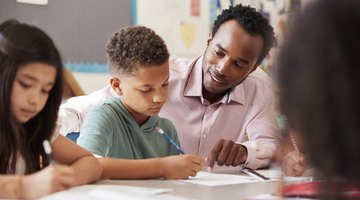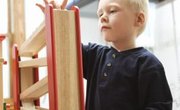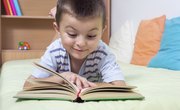The way children and adults learn is a subject of much discussion in the differences between children versus adult learning. Children learn under the guidance of a teacher, which is referred to as pedagogy. American educator Malcolm Knowles suggested that the same method does not apply for adults; he pushed for the idea of andragogy or the science of helping adults learn. Knowles’ five assumptions became the centerpiece of his revamped model of adult learning.
History
The comparison between children versus adult learning sprang from Knowles' theory that an adult’s learning ability is different. While the term andragogy was first used in Europe during the 1800s, Knowles made it more popular in the English-speaking world. His book from 1970, The Modern Practice of Adult Education: Andragogy Versus Pedagogy, was the catalyst of this decades-long discussion that learning by children is not the same as adults. Pedagogy is teacher-focused learning while andragogy is learner-focused.
The Learner
Knowles based his theories on five issues; the first is the concept of self where the learner grows up to recognize that he is an individual who can think for himself and differentiate good from bad. Thus, adults are independent and tend to evaluate themselves or the things around them. Children are still dependent on rules and instructions under their teacher’s guidance and as such, the one giving instructions has full command of the child’s learning.
Experience
The role of experience is another point of comparison between children versus adult learning. Kids bring little experience when they are faced with a learning activity. This makes them listen more and be influenced by their teachers. In this stage, kids are likely to have role models like their parents or older siblings. On the other hand, adults have a wealth of resources owing to their experiences, which form a large part of their identity.
Readiness
Kids follow levels of instruction in order to progress to a higher level of learning. Again, they rely on their teacher who decides for them if they are ready to take on more challenging tasks or not. Adults are guided by their own need to learn. As they recognize their worth and obligations, they can assess and see if there’s something lacking in their lives. If there are gaps that need to be filled, they look for ways to develop their inner selves.
Orientation to Learning
Adults have a perspective of seeing learning as a means to solve an existing problem or concern in their lives. For instance, self-help books are popular because people read them with the hope of fixing a problem or situation in their lives. For kids, their way of learning is by subject matter, without having a sense of immediacy. They are not yet conscious if the lessons they face bear deeper meaning in their lives.
Motivation
Lastly, the question of what motivates one to learn presents another interesting insight into children vs. adult learning. Grown-ups are driven mostly by emotions and an aspiration to be better versions of themselves; from self-esteem to self-actualization, adults act upon internal motivators. For children, it is often by external factors like competition, peer pressure or consequences of failure.
Related Articles
References
Writer Bio
Maryam Kidwai is a dedicated writer who has been writing for about fie years for online media including Helium and EzineArticles as well as local print publications in Toronto. Her passion for writing and flair for language have made her a valuable contributor providing relevant content read by thousands. She has a bachelor's degree in mass communications from the American University.









